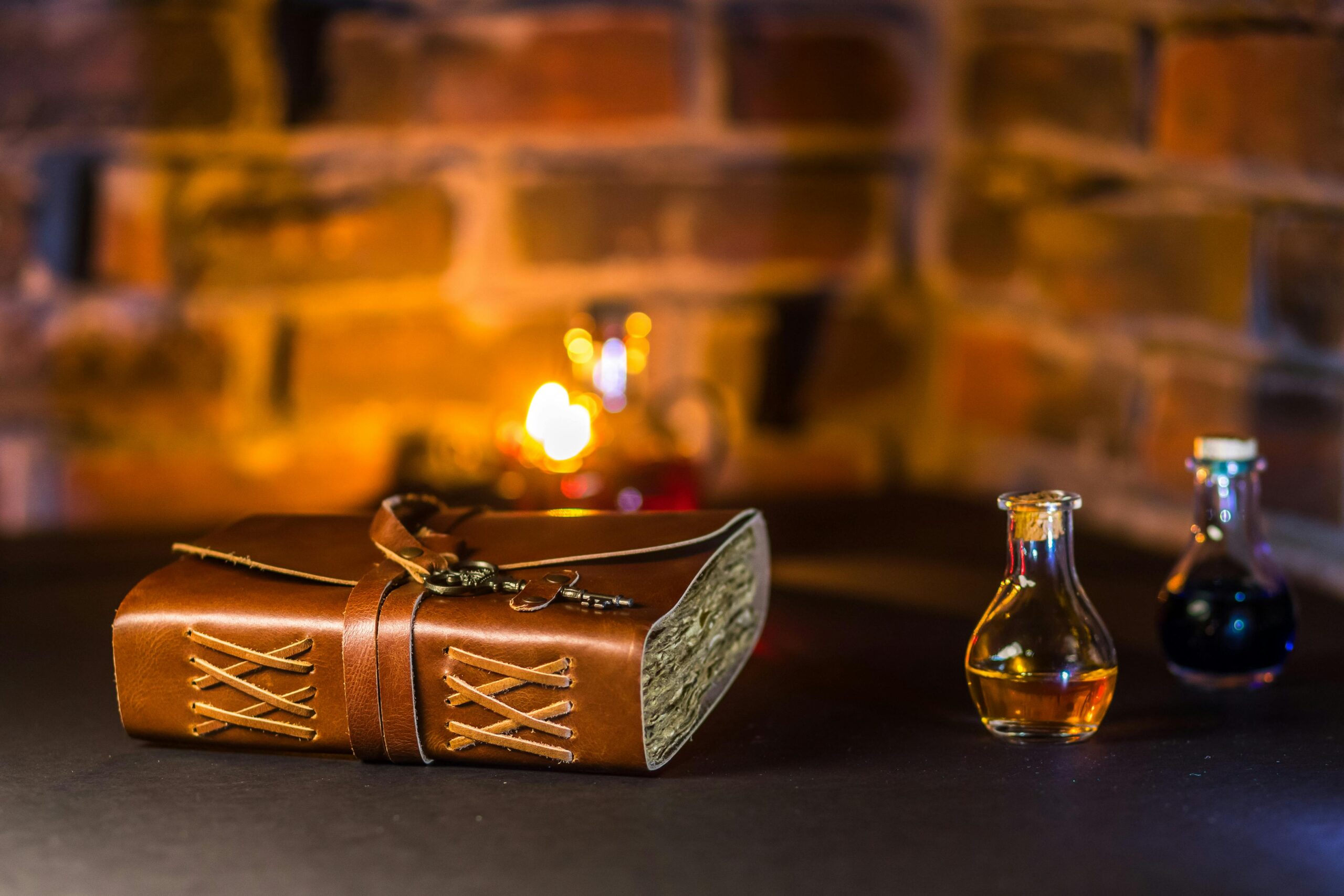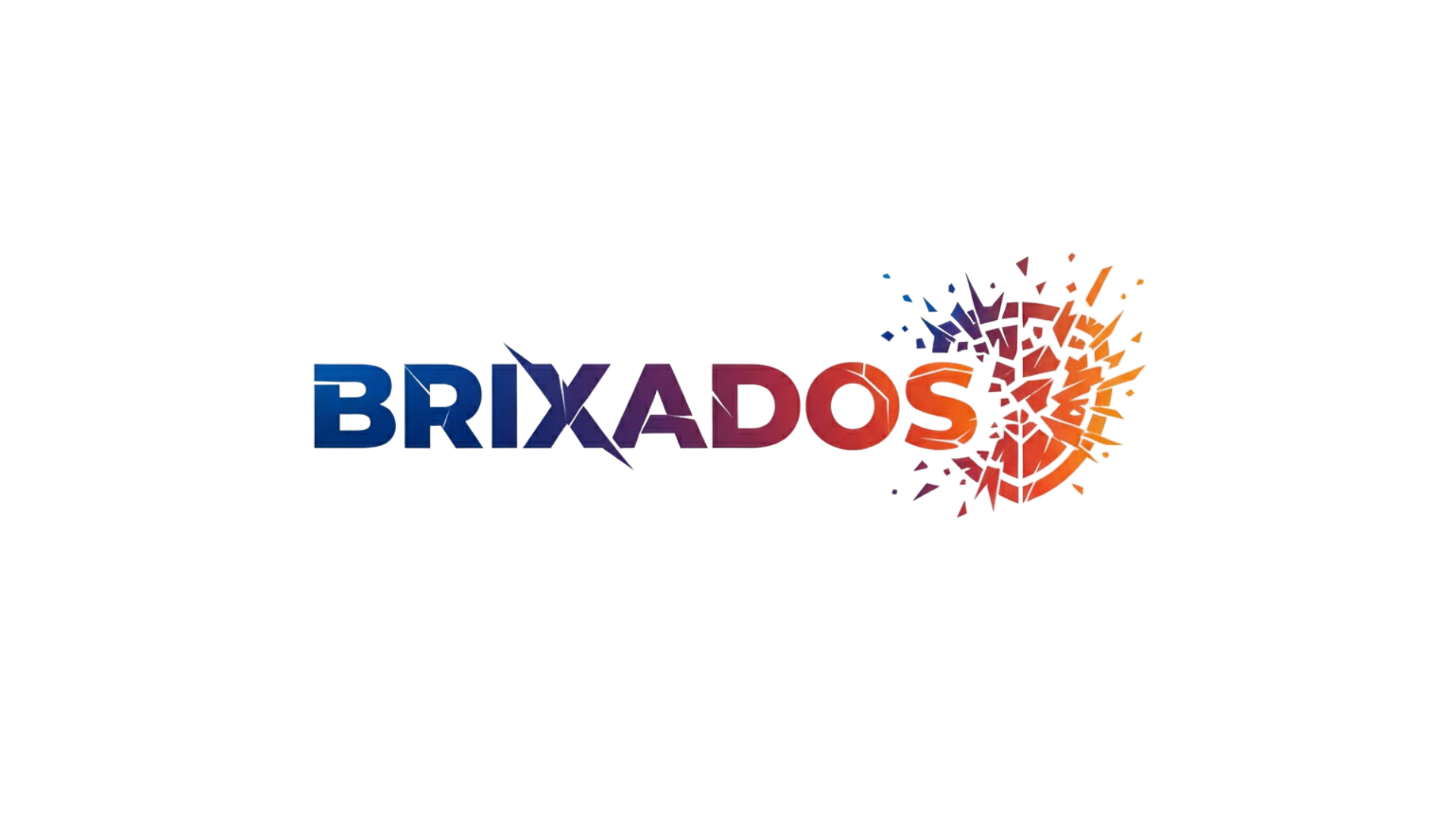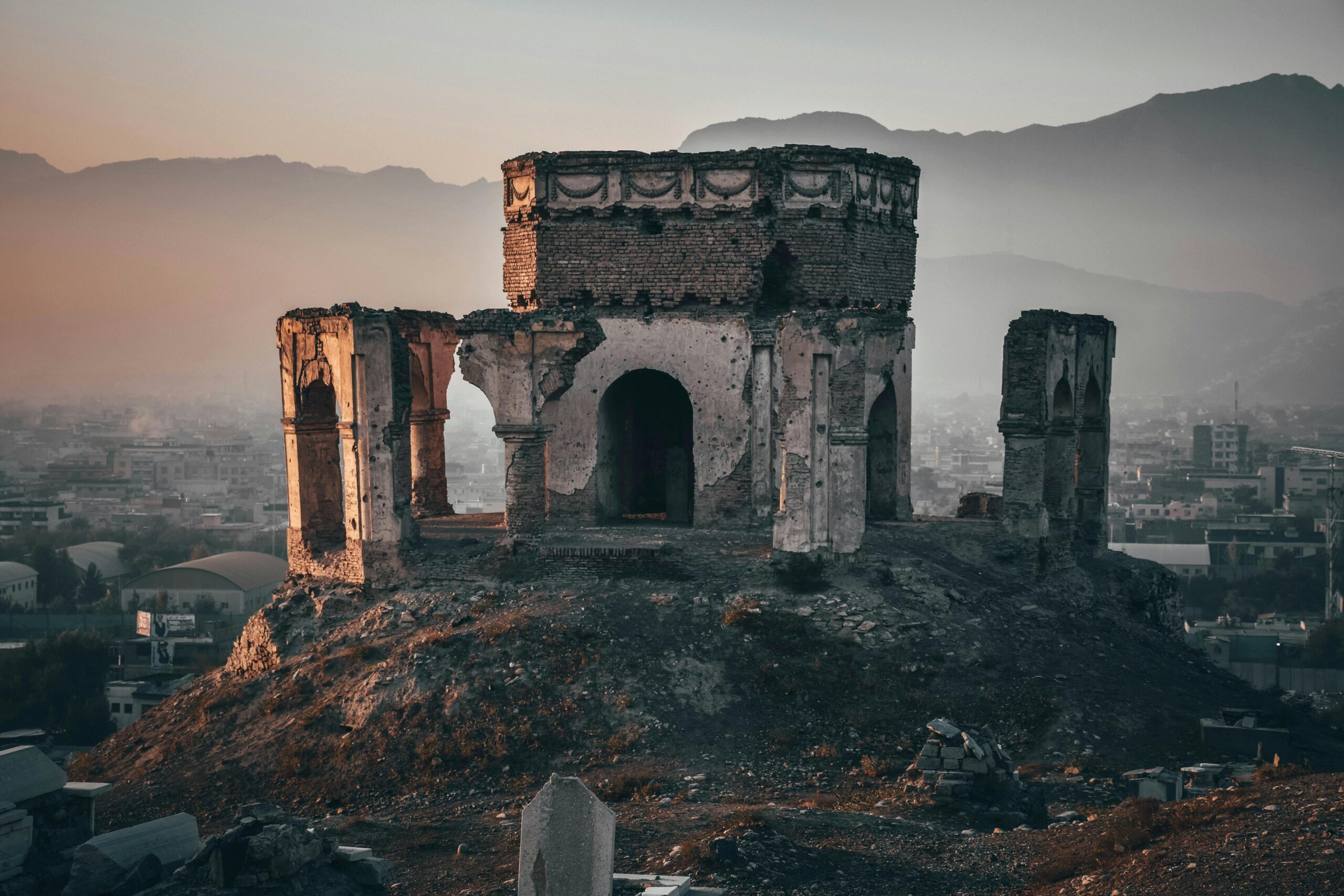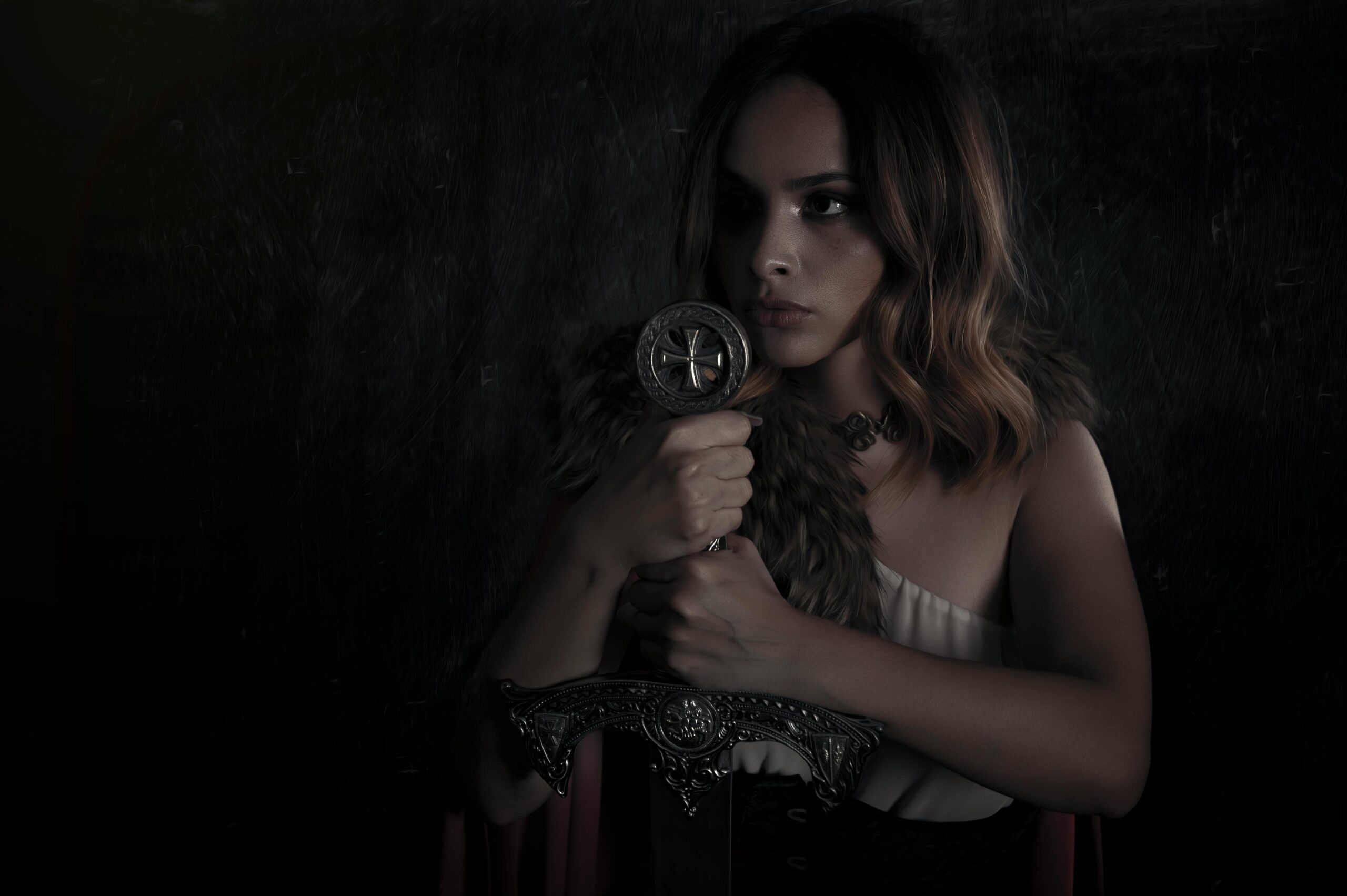Throughout human history, divine beings have shaped civilizations, inspired awe, and commanded devotion across every corner of the globe. These powerful entities represent humanity’s deepest questions about existence, morality, and the cosmos.
⚡ The Pantheon of Power: Understanding Divine Hierarchies
The concept of gods has evolved dramatically across different cultures and time periods. From the thunderous Zeus of Olympus to the serene Buddha of enlightenment, divine beings have taken countless forms, each reflecting the values, fears, and aspirations of their worshippers. Understanding these celestial hierarchies provides profound insight into human civilization itself.
Ancient pantheons typically organized their deities in complex family structures and power dynamics. The Greek gods, for instance, were led by Zeus, the sky father who overthrew his titan predecessors. Similarly, the Norse gods featured Odin as the all-father, ruling over Asgard with wisdom gained through tremendous sacrifice. These hierarchical structures mirror earthly social organizations, suggesting that humanity often projects its own societal patterns onto the divine realm.
The Egyptian pantheon presented a uniquely fluid system where gods could merge, split, or transform based on regional importance and historical periods. Ra, the sun god, could become Ra-Horakhty when merged with Horus, demonstrating a theological flexibility that accommodated political and cultural changes throughout millennia of pharaonic rule.
🌩️ Zeus vs Thor: The Thunder Gods Face Off
Few divine matchups capture the imagination quite like comparing the storm-wielding titans from Greek and Norse mythology. Zeus, king of the Olympians, wielded lightning bolts forged by the Cyclopes, commanding the sky and enforcing cosmic order. His power extended beyond mere weather control to encompass kingship, justice, and the very fabric of divine law.
Thor, the Norse god of thunder, approached his domain with distinctly different characteristics. Where Zeus represented refined authority and political power, Thor embodied raw strength and protection of both gods and humans against chaotic forces. His legendary hammer Mjölnir could level mountains and was so mighty that only Thor possessed the strength to wield it properly.
The personalities of these thunder gods reveal fascinating cultural differences. Zeus engaged in numerous romantic escapades, fathering heroes and gods alike, reflecting Greek values around legacy and divine bloodlines. Thor, while also known for his appetites, was primarily characterized by his straightforward nature, fierce loyalty, and warrior ethos that resonated with Viking culture.
Comparative Powers and Domains
Both deities commanded immense respect and fear, but their spheres of influence diverged in meaningful ways. Zeus ruled all weather phenomena, maintained cosmic justice, and served as the ultimate arbiter among gods and mortals. His decisions shaped destinies and his wrath could devastate entire cities.
Thor’s power focused more narrowly but no less impressively on thunder, lightning, storms, and the protection of Midgard (Earth) and Asgard. He was the champion who fought giants, serpents, and monsters that threatened cosmic order. Where Zeus delegated tasks to other Olympians, Thor personally confronted threats with his hammer and legendary strength.
🌞 Solar Deities: Illuminating Divine Power
Sun gods occupy a special place in virtually every ancient religion, representing life, warmth, time, and cosmic order. The worship of solar deities spans from Egypt’s Ra to Japan’s Amaterasu, from the Aztec Huitzilopochtli to the Incan Inti. These radiant beings often held supreme or near-supreme positions in their respective pantheons.
Ra, the ancient Egyptian sun god, sailed across the sky in his solar barque each day before descending into the underworld each night to battle the chaos serpent Apophis. This daily cycle represented the eternal struggle between order and chaos, light and darkness. Pharaohs claimed descent from Ra, legitimizing their rule through divine connection.
Amaterasu, the Shinto sun goddess of Japan, emerged from the left eye of the creator god Izanagi. Her story includes a famous episode where she hid in a cave, plunging the world into darkness until other gods lured her out with their celebration. The Japanese imperial family traditionally traces its lineage to Amaterasu, making her central to both religion and national identity.
The Life-Giving Force
Solar deities universally represented essential life-sustaining forces. Ancient peoples recognized that without the sun, crops would fail, darkness would prevail, and life itself would cease. This fundamental dependency elevated sun gods to positions of supreme importance, often associated with creation, time, and cosmic cycles.
The Aztec sun god demanded blood sacrifice to ensure the sun would continue its journey across the sky. This belief led to elaborate ritual practices that modern observers find shocking but which represented the Aztec understanding of cosmic reciprocity—the gods gave life, and humans must sustain them in return.
🔱 Water Deities: Masters of the Deep
From Poseidon’s trident to Yemoja’s nurturing waves, water gods and goddesses have commanded both reverence and fear. The ocean’s vastness, unpredictability, and life-sustaining properties made it a natural domain for powerful divine beings across cultures.
Poseidon, Greek god of the seas, earthquakes, and horses, wielded tremendous power second only to his brother Zeus. His temperamental nature mirrored the ocean itself—capable of calm generosity or devastating wrath. Sailors offered prayers and sacrifices before voyages, hoping to gain his favor or at least avoid his anger.
In Yoruba and subsequent Afro-Caribbean traditions, Yemoja (or Yemaya) represents the mother of all living things, associated with the ocean, motherhood, and fertility. Unlike the often-wrathful male sea gods of European tradition, Yemoja embodies nurturing protection while still commanding the ocean’s awesome power.
Neptune, Poseidon, and Beyond
The Roman Neptune shared many characteristics with Greek Poseidon, though Romans initially associated Neptune more with fresh water before adopting the fuller Greek maritime mythology. This evolution demonstrates how divine beings transformed as cultures merged and influenced each other.
Across the Pacific, Polynesian cultures revered Tangaroa (or variations like Kanaloa in Hawaii), who governed the ocean and its creatures. Unlike Mediterranean sea gods often depicted as temperamental, Tangaroa represented the ocean’s abundance and the deep wisdom of the waters.
💀 Death and the Afterlife: Divine Guides to Beyond
Perhaps no divine role generates more universal concern than those deities governing death and the afterlife. Every culture has developed complex mythologies around what happens after death, with specific gods managing this transition and the realms beyond mortal existence.
The Egyptian god Anubis, with his distinctive jackal head, guided souls through the dangerous journey to the afterlife and presided over the weighing of hearts against the feather of Ma’at. This judgment determined whether souls achieved paradise or faced annihilation. Egyptian funerary practices, including mummification, were designed partly to honor Anubis and ensure safe passage.
Greek mythology featured Hades, ruler of the underworld, who, despite later demonization, was not inherently evil but rather stern and just. He governed the dead fairly but inflexibly. The realm of Hades contained various sections for different categories of souls, from the blissful Elysian Fields to the punishing Tartarus.
The Lady of Death: Feminine Divine Power
Many cultures assigned feminine divine beings to death domains, recognizing the connection between birth and death as transitions. The Hindu goddess Kali represents both destruction and transformation, her fearsome appearance symbolizing the terrifying but necessary aspect of cosmic cycles.
The Aztec Mictecacihuatl, “Lady of the Dead,” presided over the underworld alongside her husband Mictlantecuhtli. She watches over the bones of the dead and presides over festivals honoring deceased ancestors, a role that continues in modern Día de los Muertos celebrations.
⚔️ War Gods: Divine Warriors and Strategic Minds
War deities reflect how different cultures conceptualized conflict, honor, and martial prowess. From berserker rage to calculated strategy, these gods embodied various aspects of warfare that their worshippers valued.
Ares, the Greek god of war, personified brutal, chaotic warfare—the blood, violence, and carnage of battle. Interestingly, the Greeks themselves viewed Ares with ambivalence, respecting his power but often depicting him as reckless and even cowardly when wounded. This contrasts sharply with their reverence for Athena, who represented strategic, disciplined warfare.
The Norse Odin combined roles as all-father, wisdom seeker, and god of war. He collected fallen warriors to his hall Valhalla, preparing an army for Ragnarök. Odin’s association with war involved magic, cunning, and prophecy rather than simple martial prowess, reflecting sophisticated Norse military culture.
Mars and Military Discipline
The Roman Mars represented a more disciplined, civic form of warfare than his Greek counterpart Ares. Mars protected Rome itself and embodied the military discipline and organization that built the empire. Romans celebrated Mars extensively, with the month of March named in his honor, traditionally marking the beginning of campaign season.
Hindu mythology presents Kartikeya (also called Murugan), the god of war who leads divine armies against demons. Born specifically to defeat the demon Tarakasura, Kartikeya represents righteous warfare against evil forces, embodying both martial skill and spiritual purity.
💚 Love and Beauty: Divine Passion
Deities governing love, beauty, desire, and sexuality reveal much about how cultures understood these fundamental human experiences. These gods and goddesses wielded power perhaps more universal than thunder or seas—the power of attraction, passion, and emotional bonds.
Aphrodite, Greek goddess of love and beauty, born from sea foam, commanded powers that affected gods and mortals alike. Her influence extended beyond simple physical attraction to encompass desire, procreation, and even aspects of warfare (as Aphrodite Areia). Her Roman equivalent Venus became especially important to Romans who claimed descent from her through Aeneas.
The Hindu Kamadeva serves as god of desire, wielding a bow made of sugarcane with a string of honeybees, shooting flower arrows that kindle love. His mythology includes sacrifice and resurrection, connecting desire with cosmic creation and destruction cycles.
🌾 Agricultural Deities: Sustaining Life
Gods and goddesses of agriculture, harvest, and fertility held enormous practical importance for agrarian societies. These deities directly influenced survival through their control over crops, seasons, and the fertility of land and livestock.
Demeter, Greek goddess of harvest and agriculture, controlled the very seasons through her grief over her daughter Persephone’s annual descent to the underworld. This myth explained seasonal changes while emphasizing agriculture’s centrality to civilization. The Eleusinian Mysteries, celebrating Demeter and Persephone, were among ancient Greece’s most important religious rites.
Across the Atlantic, the Incan Pachamama (Mother Earth) represented fertility, agriculture, and feminine power. Pachamama worship continues today throughout Andean regions, demonstrating this deity’s enduring relevance. Offerings to Pachamama before planting and harvest maintain the reciprocal relationship between humans and the land.
🎭 Trickster Gods: Divine Mischief and Wisdom
Trickster deities occupy unique positions in world mythologies, embodying chaos, change, humor, and the questioning of established order. These figures often drive narratives forward through their schemes while imparting important cultural lessons.
Loki of Norse mythology remains perhaps the most famous trickster god, whose pranks ranged from harmless mischief to actions with catastrophic consequences. He helped the gods through his cunning but ultimately caused Ragnarök through his betrayal. Loki’s complex character resists simple categorization as good or evil, representing the unpredictable aspects of existence.
Anansi, the spider trickster of West African and Caribbean folklore, uses cleverness to overcome stronger opponents, representing the power of intelligence over brute force. Anansi stories served multiple purposes—entertainment, moral instruction, and subtle resistance narratives during periods of oppression.
🌟 Creator Deities: The Prime Movers
Gods responsible for creating the universe, humanity, and existence itself hold ultimate positions in their respective mythologies. These prime movers established cosmic order from chaos, their actions explaining fundamental questions about origins and purpose.
In Hindu cosmology, Brahma serves as the creator god within the Trimurti, alongside Vishnu the preserver and Shiva the destroyer. This trinity represents the cosmic cycle of creation, preservation, and destruction that repeats eternally. Brahma’s creative power manifested through meditation and ascetic practice, emphasizing spiritual discipline’s cosmic importance.
The Polynesian creator deity Ranginui (Sky Father) and Papatūānuku (Earth Mother) were locked in embrace until their children forcibly separated them, creating space for life. This creation narrative emphasizes relationships and familial bonds as fundamental cosmic principles.

🔮 The Eternal Relevance of Divine Beings
Modern society might appear secular, but divine beings from ancient pantheons continue influencing contemporary culture in surprising ways. These gods and goddesses appear in literature, films, video games, and even marketing, demonstrating their archetypal power. Their stories contain timeless truths about human nature, ethics, and our relationship with forces beyond our control.
The psychological approach to mythology, pioneered by Carl Jung and Joseph Campbell, reveals how divine beings represent universal human experiences and internal psychological forces. Zeus might symbolize authority and the superego, while trickster gods represent the shadow self that questions and disrupts established order.
Contemporary neo-pagan movements have revived worship of ancient gods, adapting old practices to modern contexts. Whether through reconstructionist approaches that attempt historical accuracy or eclectic paths that blend traditions, thousands of people today maintain active relationships with deities from Greek, Norse, Egyptian, and Celtic pantheons.
The comparative study of gods reveals more similarities than differences across cultures. Nearly every tradition includes solar deities, storm gods, death guides, and trickster figures. These commonalities suggest either universal human psychology projecting similar patterns onto the divine, or, as believers might argue, different cultural interpretations of genuine divine reality.
Understanding these divine beings enriches our comprehension of human history, cultural values, and the enduring questions that have occupied humanity since consciousness first emerged. Whether viewed as literal entities, psychological archetypes, cultural metaphors, or inspiring mythology, gods remain powerful forces shaping human imagination and experience. Their legends continue teaching, entertaining, and challenging us to contemplate existence’s deepest mysteries and our place within the grand cosmic narrative they helped us write. 🌌
Toni Santos is a myth-psychology researcher and narrative writer exploring how archetypes, symbols and human story converge to shape mind, culture and meaning. Through his studies on the collective unconscious, comparative mythology and symbolic dream interpretation, Toni examines how the myths we tell reflect the patterns we live — and how awareness of these patterns can spark transformation. Passionate about hero’s journeys, mythic motifs and dream-language, Toni focuses on how story acts as both mirror and map for inner depth and growth. His work highlights the bridges between myth, psyche and culture — guiding readers toward a deeper encounter with themselves and the stories they carry. Blending psychology, mythology and narrative theory, Toni writes about the hidden architecture of meaning — helping readers understand how symbols, stories and dreams shape experience and identity. His work is a tribute to: The power of myth to reveal the unseen structures of psyche The journey from archetype to individual lived story The art of dream-language as a path to wholeness Whether you are a storyteller, psychologist or traveller in the inner landscape, Toni Santos invites you to explore the mythic dimension of mind — one symbol, one myth, one insight at a time.




